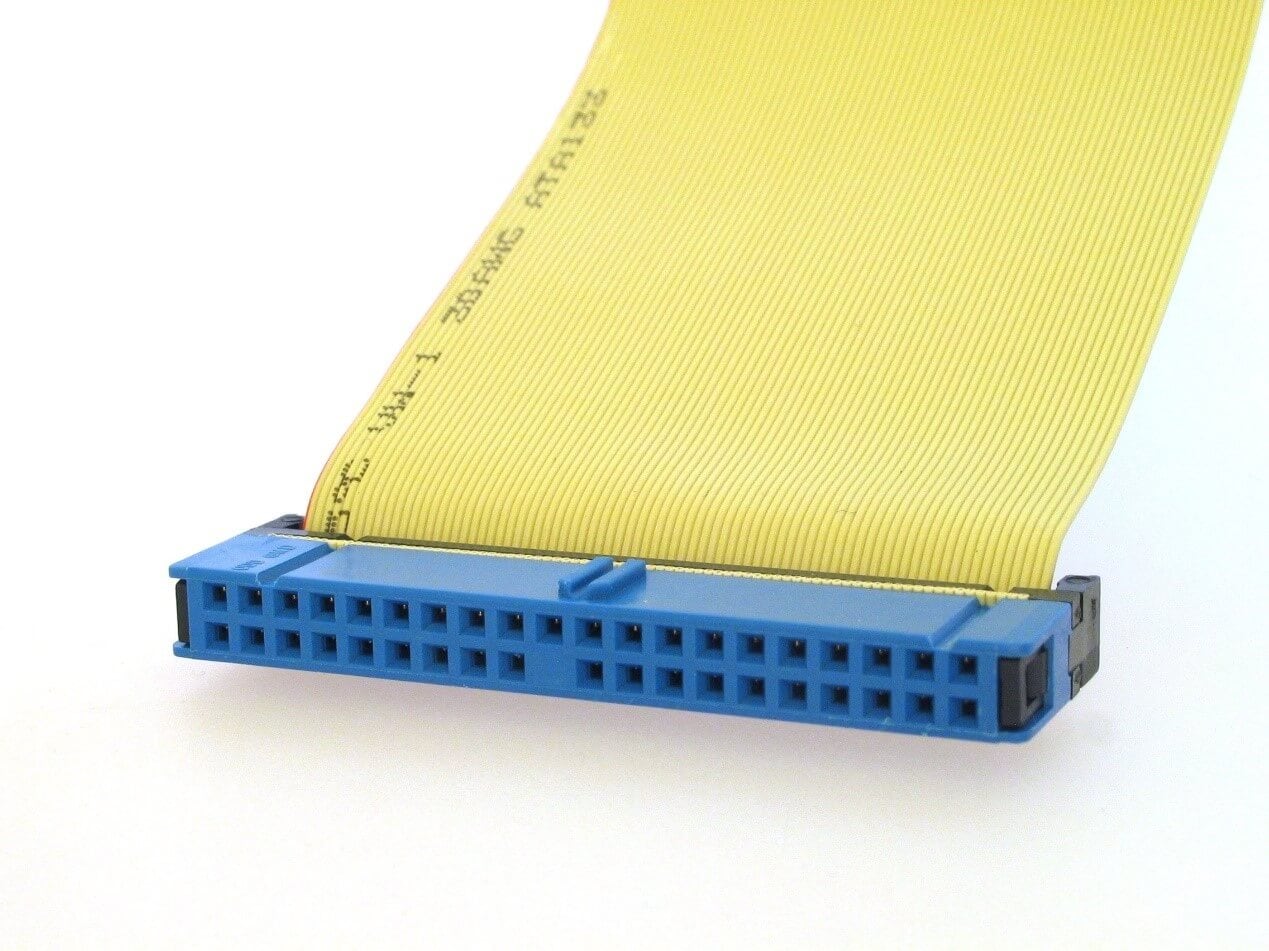Definition of PATA

PATA stands for Parallel ATA, which is an older computer bus interface used for connecting storage devices such as hard disk drives and optical drives to the motherboard of a computer. PATA is also known as IDE (Integrated Drive Electronics) or ATA (Advanced Technology Attachment).
Key features of PATA include:
Parallel Transmission: Data is transmitted in parallel across multiple wires simultaneously, allowing for faster data transfer rates compared to older interfaces like the original ATA.
40-pin Connector: PATA cables typically have a 40-pin connector, which carries both data and control signals between the storage device and the motherboard.
Master-Slave Configuration: PATA supports a master-slave configuration, where multiple devices can be connected to a single PATA interface. The master device controls the data transfer on the bus, while the slave device operates under the master's control.
Legacy Interface: PATA was the dominant interface for connecting storage devices in PCs until the widespread adoption of Serial ATA (SATA) in the mid-2000s. However, PATA is still found in some legacy systems and devices.
Wide Ribbon Cables: PATA cables are wider and less flexible than SATA cables, typically consisting of a flat ribbon with multiple wires.
While PATA has largely been replaced by SATA due to its slower speeds and bulkier cables, it played a significant role in the development of early personal computers and remained in use for many years before being phased out in favor of more modern interfaces.
Thank you,